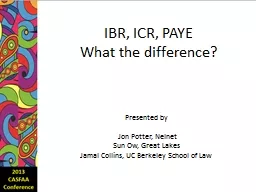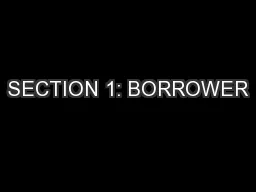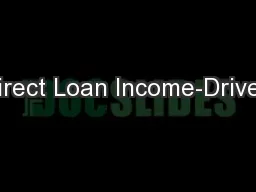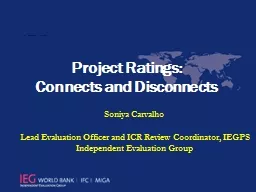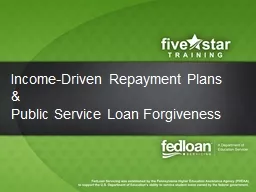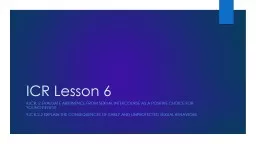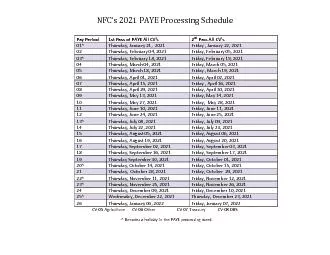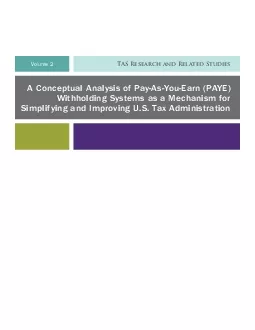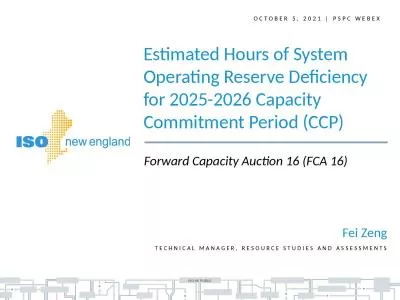PPT-IBR, ICR, PAYE What the difference?
Author : medshair | Published Date : 2020-06-29
Presented by Jon Potter Nelnet Sun Ow Great Lakes Jamal Collins UC Berkeley School of Law Agenda What is the definition of IBR ICR and PA YE What are the
Presentation Embed Code
Download Presentation
Download Presentation The PPT/PDF document "IBR, ICR, PAYE What the difference?" is the property of its rightful owner. Permission is granted to download and print the materials on this website for personal, non-commercial use only, and to display it on your personal computer provided you do not modify the materials and that you retain all copyright notices contained in the materials. By downloading content from our website, you accept the terms of this agreement.
IBR, ICR, PAYE What the difference?: Transcript
Download Rules Of Document
"IBR, ICR, PAYE What the difference?"The content belongs to its owner. You may download and print it for personal use, without modification, and keep all copyright notices. By downloading, you agree to these terms.
Related Documents

